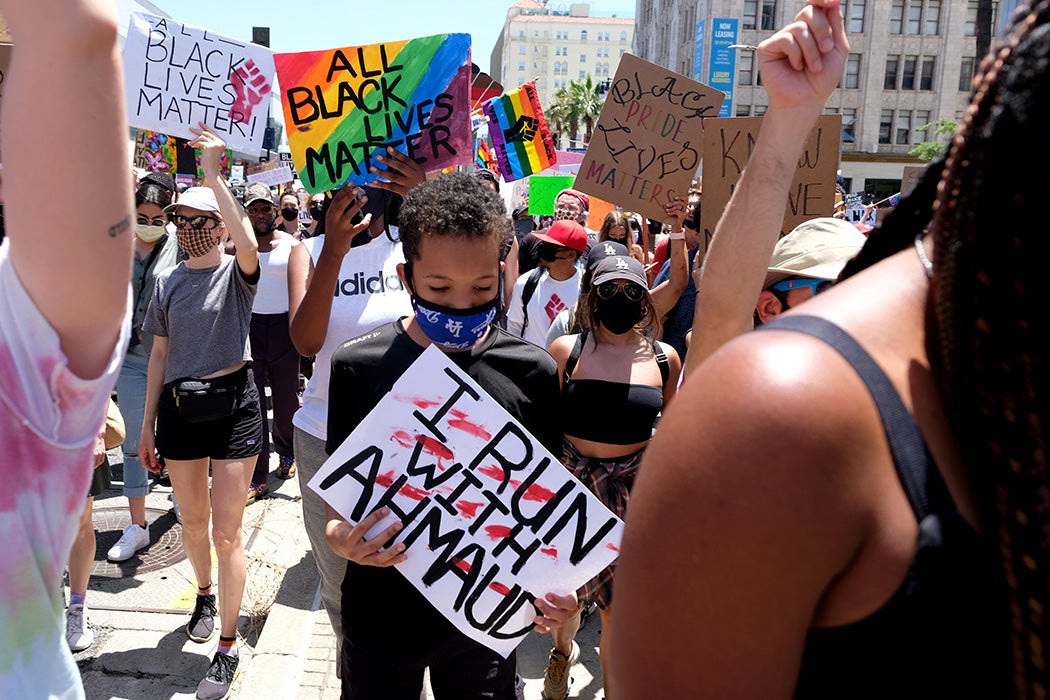As the school year begins, many young Black activists are bringing ideas and energy from a summer of protest back to their schools (or virtual schools). Whether they’re opposing the presence of police in high schools, seeking comprehensive Black history education, or looking beyond the school walls to community issues, they’re following in the footsteps of a century of young organizers. In 2016, political scientist Sekou Franklin offered an overview of the enormous variety of Black youth organizing over the decades.
As early as the 1920s, Franklin writes, Black students were pushing against the conservative leadership of historically Black colleges and universities. But the 1930s brought a greater upsurge in Black youth organizing. The economic devastation of the Great Depression and the prominent case of the falsely accused Scottsboro Boys radicalized many young people. In New York, Ella Baker helped to form the Young Negro Cooperative League, an economic cooperative. Black young people and their allies formed the NAACP Youth Council and the Southern Negro Youth Congress. In the 1930s and ’40s, these activists fought for anti-lynching legislation, helped in a Baltimore campaign to desegregate department store hiring, supported striking tobacco workers, and fought for voting rights.
In the 1950s, school desegregation, the Montgomery Bus Boycott, and Emmett Till’s murder helped catalyze a new wave of youth organizing. Once again, Ella Baker played a key role, helping to create the Student Nonviolent Coordinating Committee (SNCC). SNCC’s freedom rides and community organizing work in the rural South connected Black and white students with poor Black communities. The Student Organization for Black Unity, formed in 1969, similarly connected college and high school students with prisoners, Black political groups, and community service groups.
In the wake of the postwar Civil Rights and Black Power movements, Franklin writes, Black youth activism pushed in several directions. On college campuses in the 1980s, many Black activists advocated divestment from South Africa’s apartheid regime. Meanwhile, in New Haven, Connecticut, a coalition of young Black organizers created Kiddie Korner, a group that fought against anti-gang violence and eventually helped elect the city’s first Black mayor. The Black Student Leadership Network, formed in 1991, trained hundreds of Black student and youth activists in direct action and child advocacy. The group fought against gun violence and police misconduct and worked to end child hunger.
Weekly Newsletter
By the early 2000s, the Juvenile Justice Reform Movement was mobilizing young people in several states to shut down youth prisons and change sentencing guidelines. In 2007, thousands of young activists and civil rights organizers gathered in Jena, Louisiana, to protest a long jail sentence given to six Black teenagers. Just six years after that, young people began organizing around the #BlackLivesMatter hashtag created by Alicia Garza, Patrisse Cullors, and Opal Tometi in response to the killing of Trayvon Martin.
This year, the lineage of Black youth organizing has helped build what may be the largest protest movement in U.S. history. And young activists show no sign of letting up.







